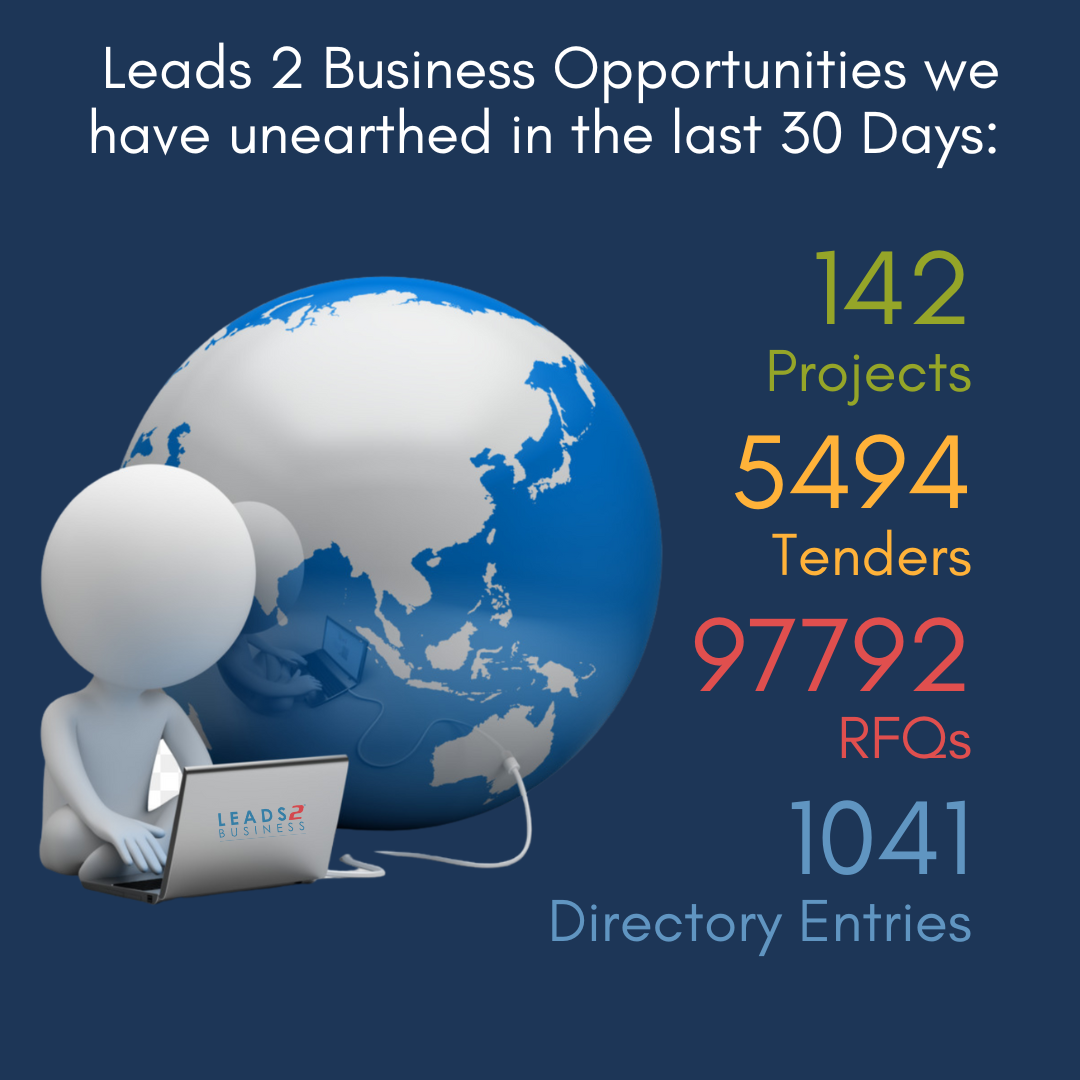The construction industry is evolving rapidly, driven by technological advancements, changing client demands, and global shifts in economic and environmental policies. In the private sector, these trends are even more pronounced, as homeowners, developers, and investors seek innovative solutions to meet modern needs. This blog explores the emerging trends shaping private construction projects and how they are transforming the industry.
1. Sustainable and Green Building Practices
One of the most significant trends in private construction is the growing emphasis on sustainability. Green building practices are becoming a priority as clients and builders recognize the long-term benefits of environmentally friendly construction. This includes:
Energy-Efficient Designs: Homes and buildings are now being designed with energy efficiency in mind. This includes the use of high-performance windows, insulation, and energy-efficient HVAC systems.
Renewable Energy Integration: Solar panels, wind turbines, and geothermal systems are increasingly integrated into private construction projects, reducing dependency on non-renewable energy sources.
Sustainable Materials: The use of recycled and locally sourced materials is gaining traction. Bamboo flooring, reclaimed wood, and recycled metal are just a few examples of materials that are both sustainable and aesthetically pleasing.
Water Conservation: Rainwater harvesting systems, greywater recycling, and low-flow fixtures are being incorporated to reduce water consumption.
2. Smart Home Technology
The integration of smart technology in private construction projects is revolutionizing the way homes and buildings operate. Smart homes offer convenience, security, and energy efficiency through:
Automated Systems: Lighting, heating, cooling, and security systems can be controlled remotely via smartphones or voice-activated devices.
IoT Integration: The Internet of Things (IoT) connects various devices and systems within a home, allowing them to communicate and function seamlessly.
Energy Management: Smart thermostats and energy monitoring systems help homeowners optimize energy use, reducing costs and environmental impact.
3. Modular and Prefabricated Construction
Modular and prefabricated construction methods are becoming increasingly popular in private construction projects due to their efficiency and cost-effectiveness. These methods involve constructing building components off-site and assembling them on-site, offering several advantages:
Speed: Construction time is significantly reduced, allowing projects to be completed faster than traditional methods.
Quality Control: Prefabricated components are manufactured in controlled environments, ensuring higher quality and consistency.
Cost Savings: Reduced labor costs and minimized waste contribute to overall cost savings for both builders and clients.
4. Adaptive Reuse and Renovation
Adaptive reuse and renovation of existing structures are gaining momentum as sustainable alternatives to new construction. This trend involves repurposing old buildings for new uses, preserving historical and architectural significance while reducing the environmental impact. Benefits include:
Preservation of Heritage: Retaining the cultural and historical value of buildings adds to the character of communities.
Environmental Benefits: Reducing the need for new materials and minimizing demolition waste contribute to environmental conservation.
Cost Efficiency: Renovating existing structures can be more cost-effective than new construction, particularly in urban areas with limited space.
5. Health and Wellness Design
Health and wellness design is becoming a priority in private construction projects, with an emphasis on creating spaces that promote physical and mental well-being. This trend includes:
Biophilic Design: Incorporating natural elements such as plants, natural light, and water features to create a connection with nature.
Indoor Air Quality: Using non-toxic materials, improving ventilation systems, and incorporating air purifiers to enhance indoor air quality.
Ergonomic Spaces: Designing spaces that support comfortable and healthy living, including ergonomic furniture and layouts that encourage movement.
6. Resilient and Disaster-Proof Construction
With the increasing frequency of natural disasters, resilient and disaster-proof construction is becoming essential. This involves designing and building structures that can withstand extreme weather conditions, earthquakes, and other natural events. Key elements include:
Reinforced Structures: Using materials and construction techniques that enhance the strength and durability of buildings.
Elevated Designs: In flood-prone areas, buildings are elevated to prevent water damage.
Emergency Systems: Integrating backup power systems, storm shelters, and emergency communication systems.
7. Personalization and Customization
Homeowners and developers are increasingly seeking personalized and customized construction solutions that reflect their unique tastes and lifestyles. This trend is driven by:
Architectural Innovation: Innovative designs and creative use of space allow for unique and personalized living environments.
Custom Materials and Finishes: Clients are opting for bespoke materials, finishes, and fixtures to create distinctive and personalized spaces.
Flexible Spaces: Designing spaces that can adapt to changing needs, such as home offices, multi-purpose rooms, and expandable living areas.
8. Digital Twin Technology
Digital twin technology is an emerging trend that involves creating a virtual replica of a physical building or space. This digital model is used for planning, construction, and maintenance, offering several benefits:
Enhanced Planning: Virtual models allow for better visualization and planning of construction projects, reducing errors and improving efficiency.
Predictive Maintenance: Digital twins enable real-time monitoring and predictive maintenance, identifying potential issues before they become critical.
Cost Savings: Improved planning and maintenance reduce costs and extend the lifespan of buildings.
9. Collaborative Building Information Modeling (BIM)
Building Information Modeling (BIM) is transforming the construction industry by enabling collaborative project management and design. BIM involves creating detailed 3D models of buildings that integrate various aspects of the construction process. Benefits include:
Improved Collaboration: BIM facilitates better communication and collaboration among architects, engineers, contractors, and clients.
Efficiency and Accuracy: Detailed models improve accuracy and efficiency in the design and construction process, reducing rework and delays.
Lifecycle Management: BIM supports the entire lifecycle of a building, from design and construction to operation and maintenance.
10. 3D Printing and Construction Robotics
3D printing and construction robotics are revolutionizing the way buildings are constructed, offering new possibilities for innovation and efficiency. These technologies include:
3D Printing: Large-scale 3D printers can create building components or entire structures using a variety of materials, including concrete and sustainable materials.
Robotics: Construction robots can perform tasks such as bricklaying, welding, and painting, increasing efficiency and reducing labor costs.
Customization: 3D printing allows for greater customization and complexity in building designs, enabling architects to push the boundaries of creativity.
11. Focus on Affordability and Accessibility
Addressing the need for affordable and accessible housing is a growing trend in private construction. Developers are exploring innovative solutions to provide high-quality, affordable homes for a diverse range of clients. Strategies include:
Efficient Design: Designing smaller, more efficient homes that maximize space and reduce costs.
Modular Construction: Utilizing modular construction techniques to lower costs and speed up the building process.
Incentives and Partnerships: Collaborating with government agencies and non-profits to access funding, incentives, and resources for affordable housing projects.
12. Enhanced Project Management Tools
The adoption of advanced project management tools is transforming the way private construction projects are managed. These tools offer improved planning, communication, and execution, leading to better outcomes. Key features include:
Real-Time Collaboration: Cloud-based project management platforms enable real-time collaboration among team members, ensuring everyone is on the same page.
Data Analytics: Advanced analytics provide insights into project performance, helping managers make informed decisions and optimize processes.
Automation: Automation of routine tasks, such as scheduling and reporting, improves efficiency and reduces the risk of human error.
13. Sustainable Urbanization
As urban areas continue to grow, sustainable urbanization is becoming a priority in private construction projects. This trend focuses on creating livable, resilient, and sustainable urban environments. Key aspects include:
Mixed-Use Developments: Combining residential, commercial, and recreational spaces to create vibrant, walkable communities.
Transit-Oriented Development: Designing communities around public transportation hubs to reduce reliance on cars and promote sustainable mobility.
Green Infrastructure: Integrating green spaces, parks, and urban forests to enhance the quality of life and environmental sustainability.
14. Innovative Financing Models
Innovative financing models are emerging to support private construction projects, making it easier for developers and homeowners to fund their projects. These models include:
Crowdfunding: Raising funds from a large number of investors through online platforms, democratizing the investment process.
Green Bonds: Issuing bonds specifically for sustainable construction projects, attracting investors interested in environmental impact.
Public-Private Partnerships: Collaborating with government agencies to access funding and resources for large-scale projects.
15. Emphasis on Resale Value
Homeowners and developers are increasingly focused on the resale value of properties, driving trends in construction that enhance long-term value. This includes:
High-Quality Construction: Investing in high-quality materials and craftsmanship to ensure durability and appeal.
Modern Amenities: Including modern amenities such as smart home technology, energy-efficient systems, and high-end finishes to attract buyers.
Curb Appeal: Enhancing the exterior appearance of homes through landscaping, attractive facades, and well-maintained surroundings.
Sustainable and Green Building Practices
Energy-efficient designs, including high-performance windows, insulation, and energy-efficient HVAC systems.
Integration of renewable energy sources like solar panels, wind turbines, and geothermal systems.
Use of sustainable materials such as bamboo flooring, reclaimed wood, and recycled metal.
Implementation of water conservation measures, including rainwater harvesting, greywater recycling, and low-flow fixtures.
Smart Home Technology
Automated systems for lighting, heating, cooling, and security, controlled via smartphones or voice-activated devices.
Integration of the Internet of Things (IoT) to connect and streamline various home systems.
Energy management through smart thermostats and energy monitoring systems to optimize energy use.
Modular and Prefabricated Construction
Faster construction times with off-site manufacturing of building components.
Higher quality control due to manufacturing in controlled environments.
Cost savings from reduced labor costs and minimized waste.
Adaptive Reuse and Renovation
Preservation of heritage by repurposing old buildings for new uses.
Environmental benefits from reducing the need for new materials and minimizing demolition waste.
Cost efficiency, especially in urban areas with limited space.
Health and Wellness Design
Incorporation of biophilic design elements like natural light, plants, and water features.
Improved indoor air quality with non-toxic materials, better ventilation, and air purifiers.
Ergonomic spaces designed for comfort and health, promoting movement and well-being.
Resilient and Disaster-Proof Construction
Reinforced structures to enhance strength and durability.
Elevated designs to prevent flood damage in flood-prone areas.
Integration of emergency systems, including backup power, storm shelters, and emergency communication systems.
Personalization and Customization
Architectural innovation allowing for unique and personalized living environments.
Use of custom materials, finishes, and fixtures to create distinctive spaces.
Flexible spaces designed to adapt to changing needs, such as home offices and multi-purpose rooms.
Digital Twin Technology
Enhanced planning with virtual models for better visualization and error reduction.
Real-time monitoring and predictive maintenance to identify and address issues early.
Cost savings from improved planning and maintenance.
Collaborative Building Information Modeling (BIM)
Improved collaboration among architects, engineers, contractors, and clients.
Increased efficiency and accuracy in design and construction processes.
Lifecycle management support from design to operation and maintenance.
3D Printing and Construction Robotics
Large-scale 3D printers creating building components or entire structures.
Use of construction robots for tasks like bricklaying, welding, and painting.
Greater customization and complexity in building designs.
Focus on Affordability and Accessibility
Efficient design of smaller homes to maximize space and reduce costs.
Use of modular construction to lower costs and speed up the building process.
Collaboration with government agencies and non-profits for funding and resources.
Enhanced Project Management Tools
Real-time collaboration through cloud-based project management platforms.
Advanced data analytics for insights into project performance.
Automation of routine tasks to improve efficiency and reduce human error.
Sustainable Urbanization
Mixed-use developments combining residential, commercial, and recreational spaces.
Transit-oriented development to reduce car reliance and promote sustainable mobility.
Green infrastructure with parks, green spaces, and urban forests.
Innovative Financing Models
Crowdfunding through online platforms to raise funds from a large number of investors.
Issuance of green bonds for sustainable construction projects.
Public-private partnerships for funding and resources for large-scale projects.
Emphasis on Resale Value
High-quality construction materials and craftsmanship for durability and appeal.
Inclusion of modern amenities like smart home technology and energy-efficient systems.
Enhanced curb appeal through landscaping, attractive facades, and well-maintained surroundings.
Conclusion
The private construction industry is undergoing a transformation, driven by emerging trends that prioritize sustainability, technology, and innovation. As homeowners, developers, and builders embrace these trends, they are creating more efficient, resilient, and personalized spaces that meet the evolving needs of modern society. By staying ahead of these trends, the construction industry can continue to thrive and contribute to a more sustainable and livable future.
I joined Leads 2 Business in February 2009 and serve as IT Director.









